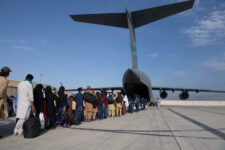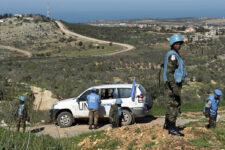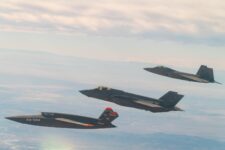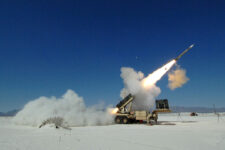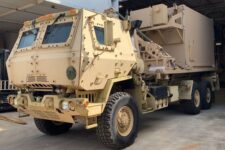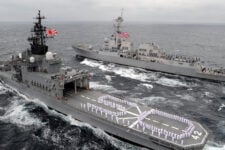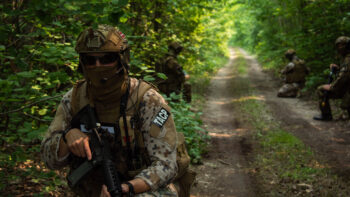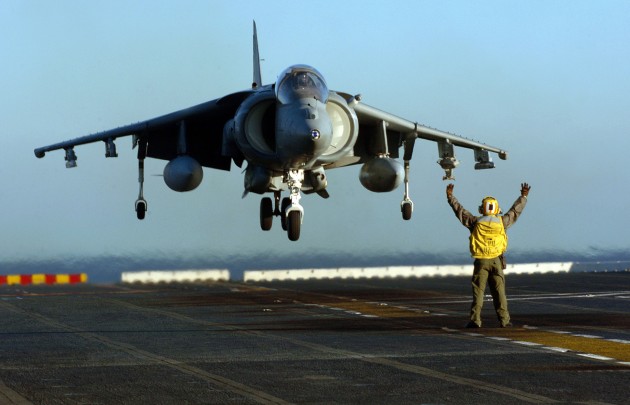
A Marine Corps AV-8B Harrier like those that jettisoned two bombs near Australia’s Great Barrier Reef.
[updated Wednesday 11:15 am] Yes, it is a bad idea to drop bombs on a World Heritage site, even when they aren’t armed to explode. But it’s arguably better than dropping the bombs on people.
Australians are understandably upset after US Marine Corps AV-8B Harriers, participating in a joint US-Australian exercise called Talisman Saber, jettisoned two bombs into the waters of the Great Barrier Reef. [Clarification: They also dropped two inert practice bombs that didn’t contain any actual explosive].The pilots made sure not to arm the bombs, so they did not go off and probably never will, but that’s still a lot of undetonated explosive uncomfortably close to a lot of marine life.
So why did the Americans do this? To avoid endangering human lives. The US fighters were supposed to drop their bombs as part of the training exercise, but the designated bomb range — actually just a specified area of water — turned out to have unauthorized civilians in it: “There were civilian boats right underneath them,” said a US Navy spokesman, Commander Williams Marks.
For obvious safety reasons, naval airplanes generally do not land back on their ship — in this case the amphibious warship USS Bonhomme RIchard — with live bombs still under their wings. So they followed standard procedure and jettisoned the bombs into the water. The original plan had been to drop well away from the Great Barrier Reef, but for some reason the Harriers — geriatric jump jets due for replacement by the new F-35B — didn’t have enough fuel to make it to the designated jettison area and get home. So it was hardly an inspiring moment in military history, but it wasn’t a war crime, either.
No service can fight on its own: JADC2 demands move from self-sufficiency to interdependency
Making all-domain operations a warfighting capability means integrating, fusing, and disseminating a sensor picture appropriate for a particular theater segment, not all of them, says the Mitchell Institute’s David Deptula.



